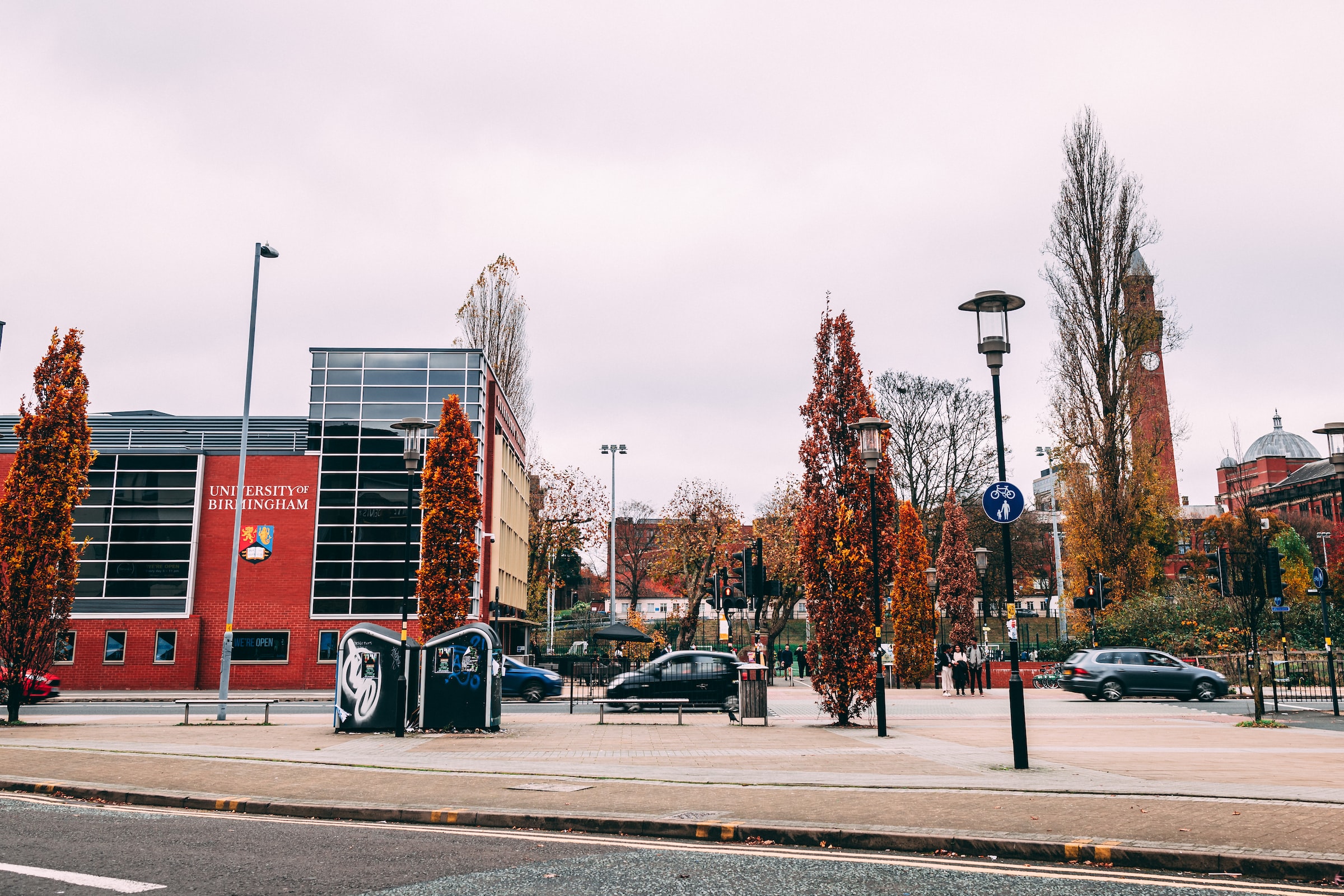
Culture editor Emily Gulbis praises Black is the Body as a fantastic collection of personal and moving essays, perfect for all who want to engage in important conversations about race
Black is the Body opens with two propositions, one by James Baldwin and the other from Simone de Beauvoir, saying in this order, that ‘black is a condition’ and ‘the body is not a thing, it is a situation.’ This seems to be at the heart of Emily Bernard’s perception of what race means in America: blackness is the body’s condition, and this condition is her lived experience. Black is the Body offers a personal and deeply moving journey through the life of Bernard within this collection of 12 essays, each focusing on a significant moment of her life. Bernard does not shy away from sharing intimate and challenging moments, and each harbours race at its core.
For example, in the first essay ‘Scar Tissue’ Bernard recounts how she was stabbed in a café as a student at Yale, in 1994. What makes this essay so impressive and remarkable to read are the details she can recall: the ‘hum’ of voices and drifts of conversations in the cafe, and her bodily reactions of tension and adrenaline as the man begins his attack. We are completely immersed in the scene, from our visual experience to our invitation into the sensations Bernard feels; what races through her mind seconds before she is wounded and then her blank shock.
What binds these experiences is Bernard herself and her blackness
‘Mother on Earth’ is perhaps my favourite essay of the collection, and one of the most moving biographical accounts I have encountered: it is about Bernard’s experience of becoming a mother. Bernard openly tells us that she and her husband John struggled to conceive, and that when she thought of adopting a child from Ethiopia it became the natural, and sole thing she wanted. In this essay, Bernard powerfully subverts the common expectation for parents to want to conceive a child with the simple retort ‘In truth, we adopted for the same reason that people pursue natural birth: because it was what we wanted.’ This experience is particularly important because parental accounts of adoption are not the subject of enough popular fiction. Bernard shares moments of sadness she felt in the early months after adopting, such as never experiencing pregnancy and not witnessing the first year of her children’s lives, and yet these early unsettling thoughts seem forgotten by the many joys her twin daughters have given her. These worries and reassurance would undoubtedly aid many considering or beginning the process of adoption, and becoming, as Bernard puts it, a parent ‘on Earth.’
These accounts show the importance of feeling pride in being black: it is to her black skin that Bernard attributes her essays and their richness
In her introductory note to the reader, Bernard writes that her hope for Black is the Body is to ‘inspire conversations.’ Her open and inviting style of writing does indeed encourage thoughts and responses to questions about race and society, such as who has the right to say the n-word, to which Bernard rarely, if ever, says there is only one correct opinion. Through reading Black is the Body, race no longer feels like an overwhelming subject, Bernard humanises these discussions by describing her own experiences as a black woman living in largely white-populated Vermont. No matter who you are, there will be moments that speak to you in Black is the Body, reflecting what Bernard firmly believes, that ‘we are actually deeply alike.’
Read more book reviews from Redbrick Culture:
Book Wormhole: Girl, Woman, Other by Bernadine Evaristo
Comments